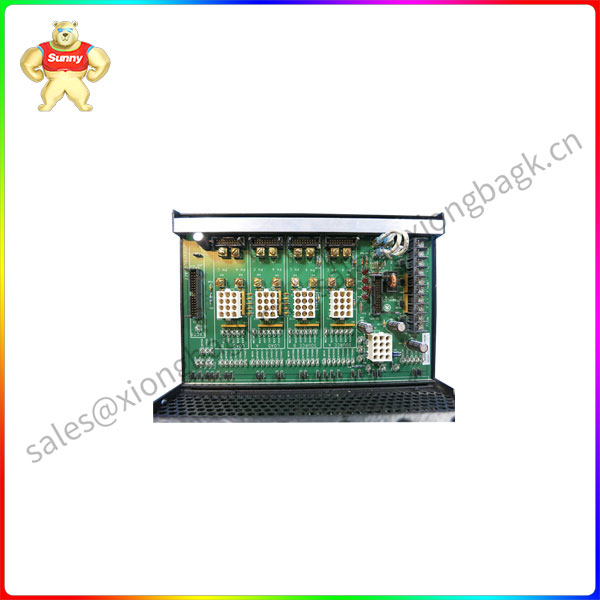“Iot Devices at City Scale”
“At the heart of smart city construction is the Internet of Things – wirelessly connected sensors that can manage traffic, operate bus systems and monitor air pollution, just to name a few of the potential applications,” notes Michael O’Malley, Radware’s vice president of global strategy.
“We should expect that this technology will have the potential to be used illegally as an entry point for ransomware or as a vehicle for hacking and a means of causing mass violence.”
In fact, PwC has said that the convergence of Internet technology – whether it’s innovation in mobile Internet, big data, artificial intelligence, etc. – essentially makes a smart city a giant, city-scale iot device that connects to a resident’s smartphone or wearable device. Or open and close virtual doors via wearable devices, otherwise locks and keys will be required…

DS200VPBLG1A
However, the reality is that the doors of many smart cities are never fully locked.
Given the interconnected nature of smart city infrastructure, threats can enter at any time, risks can quickly be passed from one system to the next, and a weak link can open up access to a range of other devices and systems, resulting in devastating malware infestation.
Therefore, the smart city is a double sword, while enjoying the infinite convenience it brings to the production and life of citizens, it should also be recognized that it has a “dangerous” attribute, and should not ignore the network security issue in the construction.
 中文版
中文版




